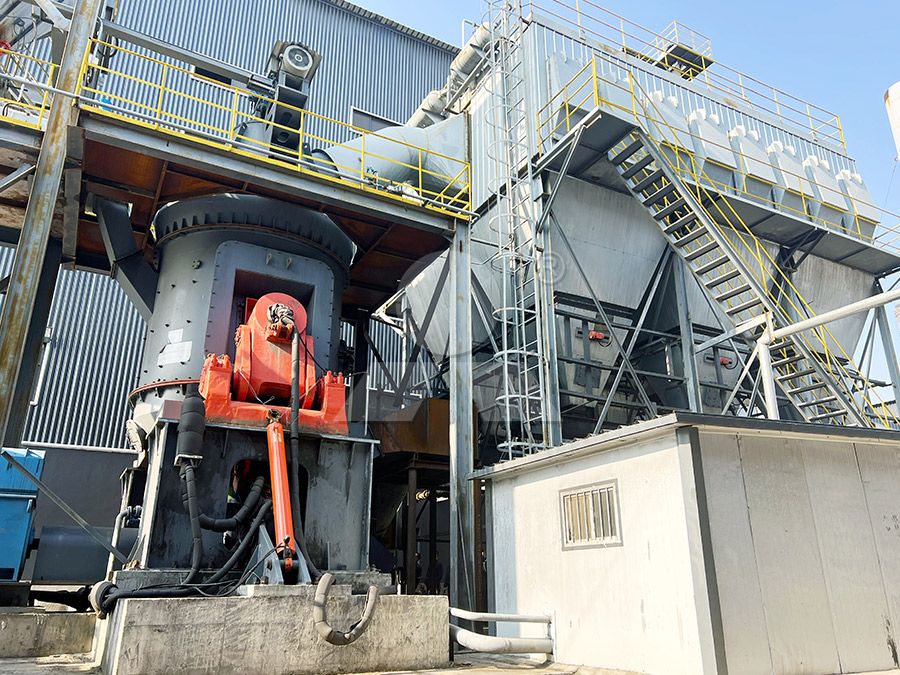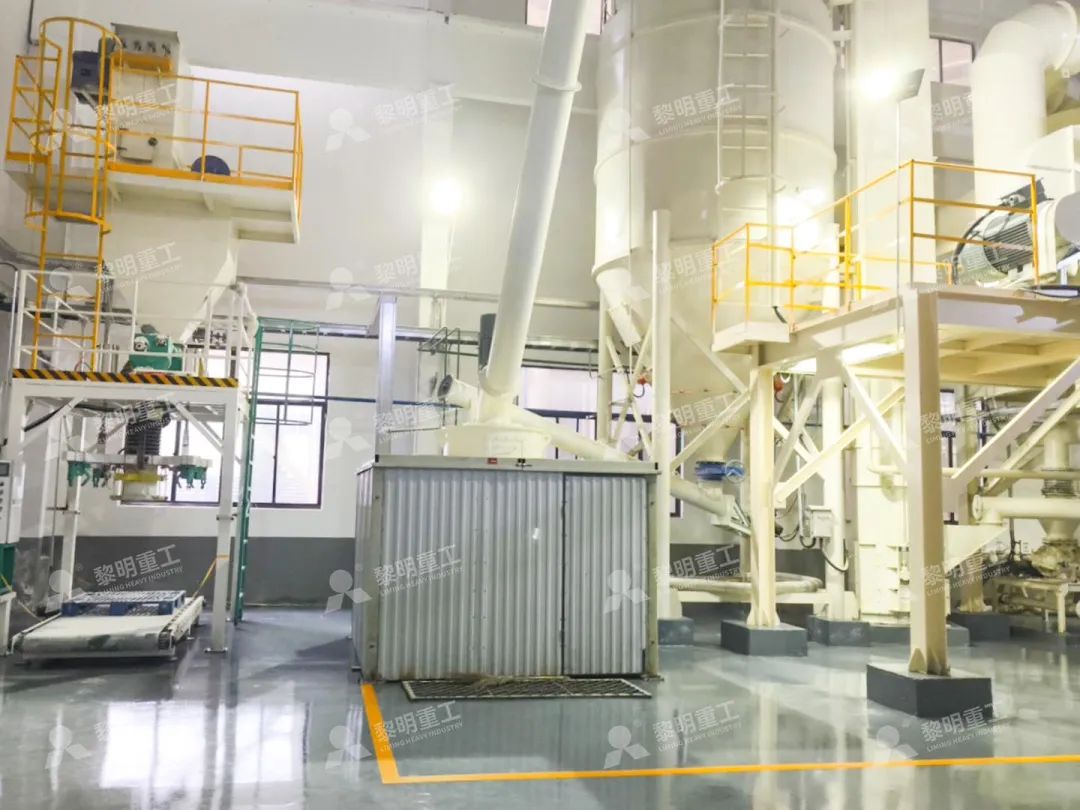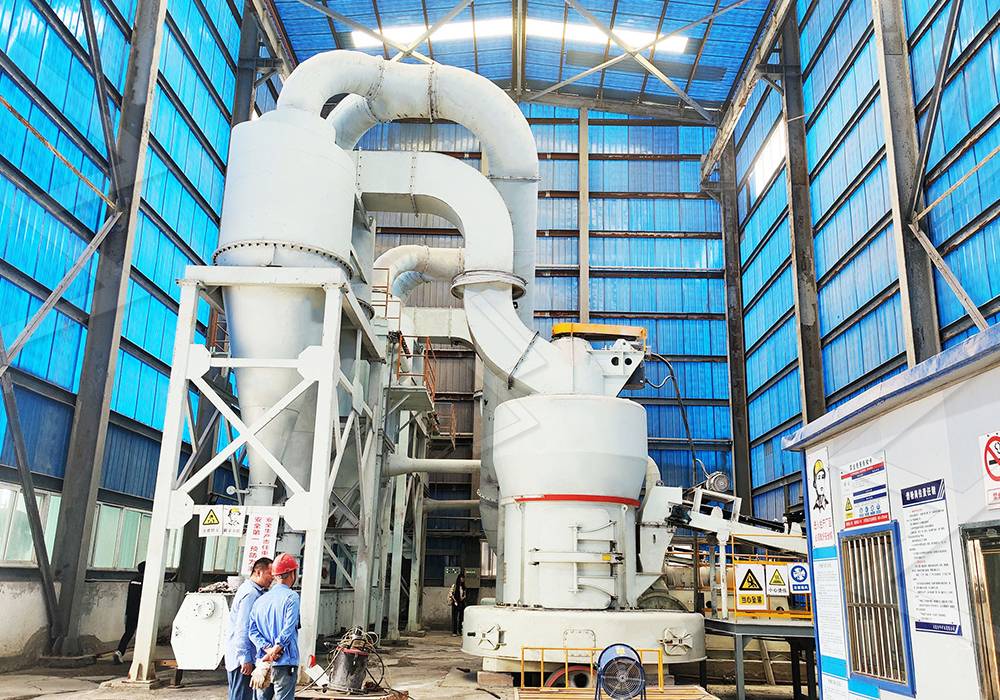Spent Pot Lining (SPL) Processing and Utilization with Vertical Roller Mill
Revolutionizing SPL Management Through Advanced Grinding Technology
For decades, the aluminum industry has grappled with the challenge of Spent Pot Lining (SPL) disposal. This hazardous byproduct of aluminum smelting presents significant environmental concerns, yet contains valuable materials that can be recovered and utilized. Traditional disposal methods like landfilling are increasingly restricted due to environmental regulations, creating an urgent need for innovative processing solutions.

The transformation begins with proper SPL characterization and preparation. SPL typically consists of two distinct fractions: the carbonaceous first cut and the refractory second cut. Each requires specific processing approaches to maximize resource recovery while ensuring environmental compliance. The carbon-rich materials can be utilized as alternative fuels or reductants in various industrial processes, while the refractory components can find applications in cement production and construction materials.
The Vertical Roller Mill Advantage in SPL Processing
Conventional grinding technologies often struggle with the abrasive nature and variable composition of SPL materials. This is where vertical roller mills demonstrate their superior capabilities. Unlike traditional ball mills, vertical roller mills employ a bed compression grinding principle that significantly reduces energy consumption while maintaining consistent product quality.
Our extensive research and field experience have shown that the MW Ultrafine Grinding Mill represents a breakthrough in SPL processing technology. With an input size capability of 0-20 mm and capacity ranging from 0.5-25 tph, this machine is perfectly suited for SPL applications. The MW mill’s unique design features higher yielding at lower energy consumption – achieving 40% higher production capacity than jet grinding mills and double the output of ball mills, while consuming only 30% of the energy of jet grinding systems.

Technical Innovations for Sustainable SPL Management
The processing of SPL demands more than just particle size reduction. It requires a comprehensive approach that addresses material handling, dust control, and product quality consistency. The MW Ultrafine Grinding Mill addresses these challenges through several innovative features:
The adjustable fineness between 325-2500 meshes allows operators to tailor the final product specifications to various end-use applications. The cage-type powder selector, incorporating German technology, ensures precise particle separation with screening rates achieving d97≤5μm in a single pass. This precision is crucial for applications where consistent particle size distribution determines product performance.
Perhaps most importantly for SPL processing, the mill’s design eliminates rolling bearings and screws within the grinding chamber. This eliminates concerns about bearing damage or loose screws causing machine failure – critical considerations when processing abrasive materials like SPL. The external lubrication system enables continuous 24-hour operation without shutdowns for maintenance.
Environmental Compliance and Operational Safety
SPL processing must address environmental concerns comprehensively. The MW Ultrafine Grinding Mill integrates efficient pulse dust collection and noise reduction technologies that ensure operations meet stringent environmental standards. The complete milling system operates without dust pollution, while silencers and noise elimination rooms maintain workplace comfort and community acceptance.
For operations requiring even higher throughput capacities, our LUM Ultrafine Vertical Grinding Mill offers complementary capabilities with 5-18 tph capacity and 0-10 mm input size. Its reversible structure simplifies maintenance, while double position-limiting technology ensures operational stability even when processing variable SPL feedstocks.

Applications and Value Recovery
Processed SPL finds applications across multiple industries. The carbon fraction serves as an excellent reductant in metallurgical processes or as a fuel supplement in cement kilns. The refractory materials can be incorporated into cement production as set regulators or utilized in construction materials. The ultra-fine grinding capability of the MW mill enables value-added applications in specialized markets where precise particle size distribution creates premium products.
Frequently Asked Questions
What makes vertical roller mills particularly suitable for SPL processing?
Vertical roller mills offer superior energy efficiency, better drying capabilities, and more consistent product quality compared to traditional grinding systems. Their ability to handle abrasive materials with minimal wear makes them ideal for SPL applications.
How does the MW Ultrafine Grinding Mill address environmental concerns in SPL processing?
The mill integrates comprehensive dust collection systems, noise reduction technologies, and operates under negative pressure to prevent fugitive emissions. These features ensure compliance with environmental regulations while maintaining operational efficiency.
What particle size ranges can be achieved with the MW mill for SPL applications?
The MW Ultrafine Grinding Mill can produce powders ranging from 325 to 2500 meshes, with the capability to achieve d97≤5μm in a single pass. This flexibility allows optimization for various end-use applications.
How does the maintenance requirement compare to traditional grinding systems?
The absence of rolling bearings and screws in the grinding chamber significantly reduces maintenance needs. The external lubrication system and reversible roller design enable easier access for maintenance, reducing downtime and operational costs.
Can the system handle variations in SPL composition?
Yes, both the MW and LUM mills are designed to accommodate variations in feed material characteristics. The hydraulic adjustment systems and programmable controls allow operators to optimize grinding parameters for different SPL compositions.
